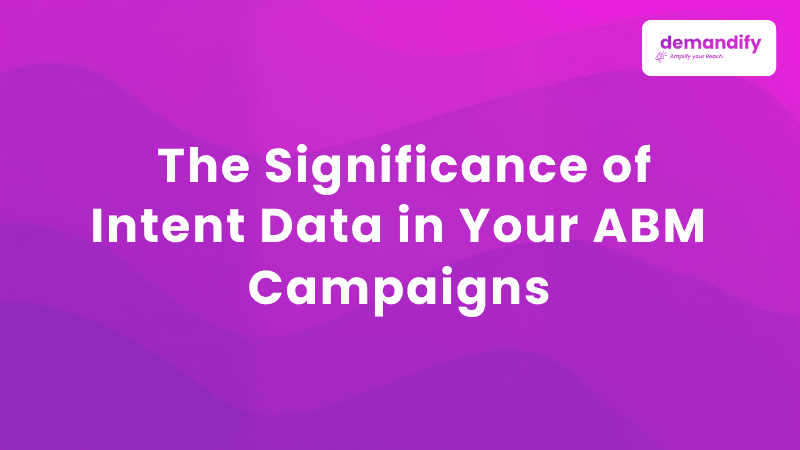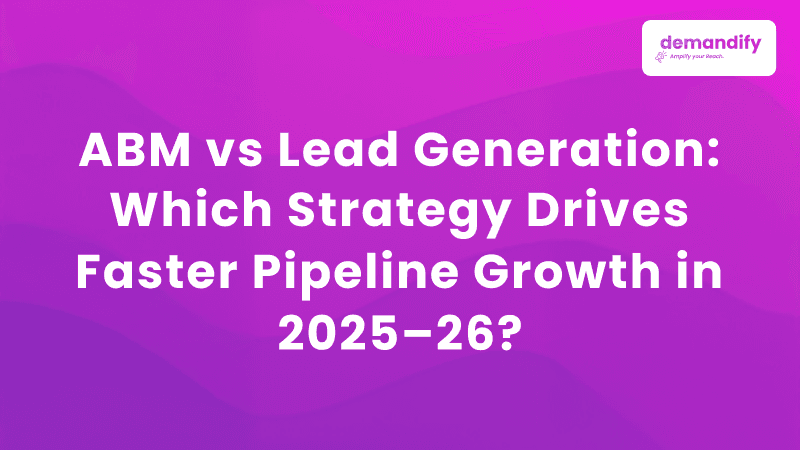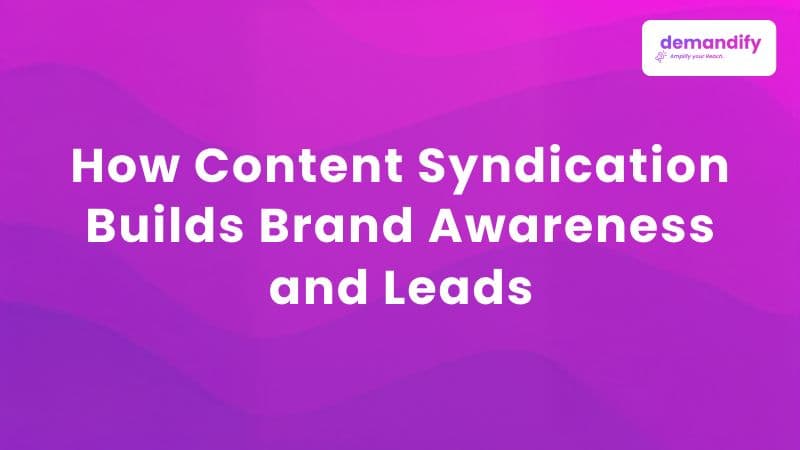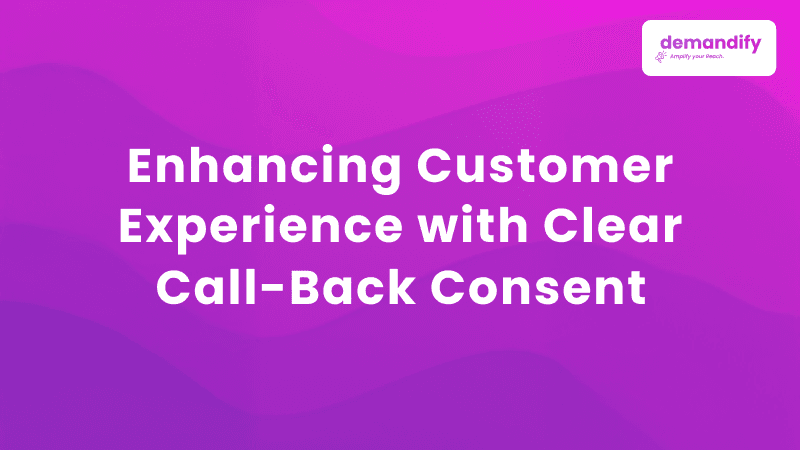Intent-Based Marketing Explained: The Future of Customer Targeting

What Is Intent-Based Marketing?
Intent-based marketing hunts for people already sending buy signals-someone researching lawnmowers this morning is a different case from someone comparing mortgages next week. Those clues can live in search phrases, article clicks, Twitter polls, visitor paths, and even aggregated external data.
Rather than casting a broad net, this technique allows marketers to engage just those prospects who are already contemplating a solution, making campaigns quicker, relevant, & results-driven.
Why It Matters
Conventional marketing practices often lean on demographic markers-age, region, job title-and these fixed categories can miss the moment when a buyer is actually ready to act. A marketing manager who fits the profile may not be in the market for automation software this quarter, yet the same person downloading product white papers or browsing feature comparisons signals an immediate intention to purchase.
Intent-based marketing steps in at that moment. By surfacing behavioural signals in near-real time, it hands sales and support teams the sharpest possible picture of readiness to act. The payoff, research shows, includes
- Higher conversion rates
- Improved lead quality
- Shorter sales cycles
- Better ROI
How It Works
Intent data comes from two primary harvests: first-party and third-party.
First-party signals are homegrown; they emerge from user traffic on a company website, email engagement rates, and the duration visitors linger on product descriptions.
Third-party signals, by contrast, are scavenged from the wider web. Prospective buyers voice their questions in industry forums, debate products on review portals, and scan publisher sites long before a transaction takes shape.
Advanced AI engines then cluster the audience by how urgent each signal looks and when it flashed, letting marketers fire off tailored messages just before the prospect hits the purchase button.
Applications in B2B and B2C Marketing
Intent-based marketing is often described as a good fit for the B2B space, and for a reason. Buying committees there deliberate for weeks or months, so sales teams sift behavioural clues, mark the hottest accounts, and customize follow-up messaging to match the moment.
It works just as well in B2C. For example, e-commerce companies might retarget consumers who have visited specific product categories or abandoned carts, delivering targeted discounts or reminders based on intent.
The Future of Marketing
With third-party cookies fading and privacy rules tightening, today’s marketers need a strategy that lives within those new fences. Intent-led campaigns build on visible actions and real-time clicks, delivering offers that feel less like noise and more like useful advice.
In a crowded online marketplace, user intent cuts through the chatter. Brands that ignore those signals allow higher-value leads to slip away while competitors scoop them up.
Conclusion
Intent-based marketing is transforming how brands connect with potential customers by focusing on what truly matters are real-time buying signals. Instead of relying on assumptions, marketers can now make informed decisions based on actual behavior and interest. This results in smarter targeting, more personalized experiences, and significantly higher ROI. As the digital landscape continues to evolve and users demand more relevance, embracing intent-based strategies isn’t just an option—it’s a competitive necessity. Businesses that act on intent today will lead the customer conversations of tomorrow.
Recent Posts

Effective ROI Strategies for B2B Lead Generation Campaigns

The Significance of Intent Data in Your ABM Campaigns

ABM vs Lead Generation: Which Strategy Drives Faster Pipeline Growth in 2025–26?

The Complete Guide to Effective EDM Blasts

How Content Syndication Builds Brand Awareness and Leads

Enhancing Customer Experience with Clear Call-Back Consent
